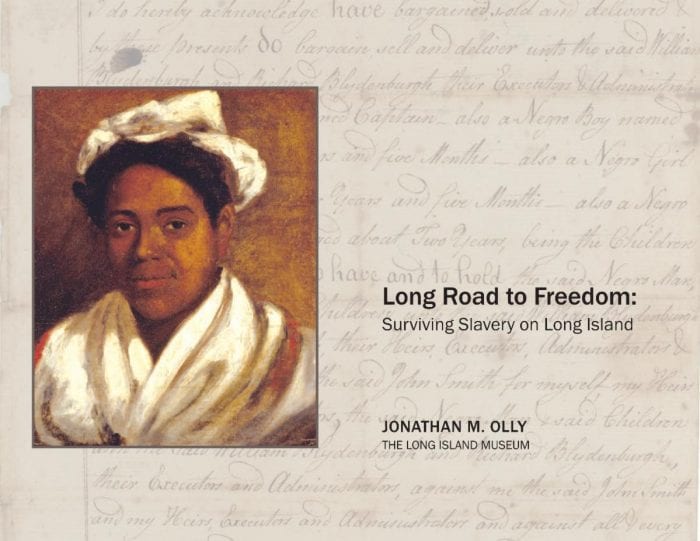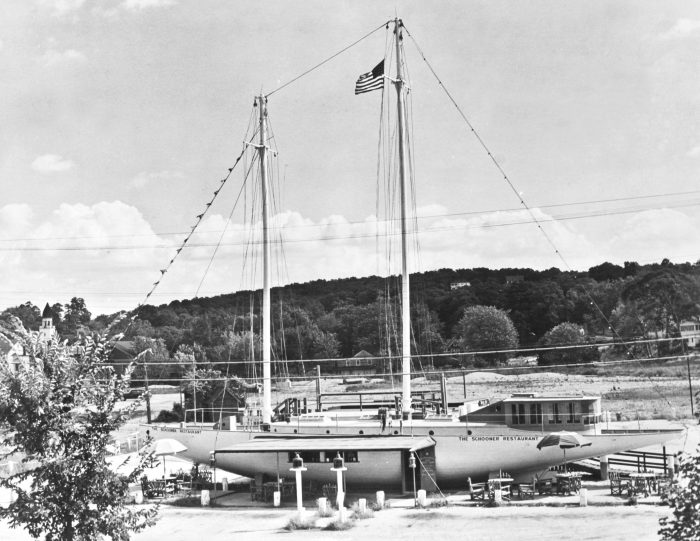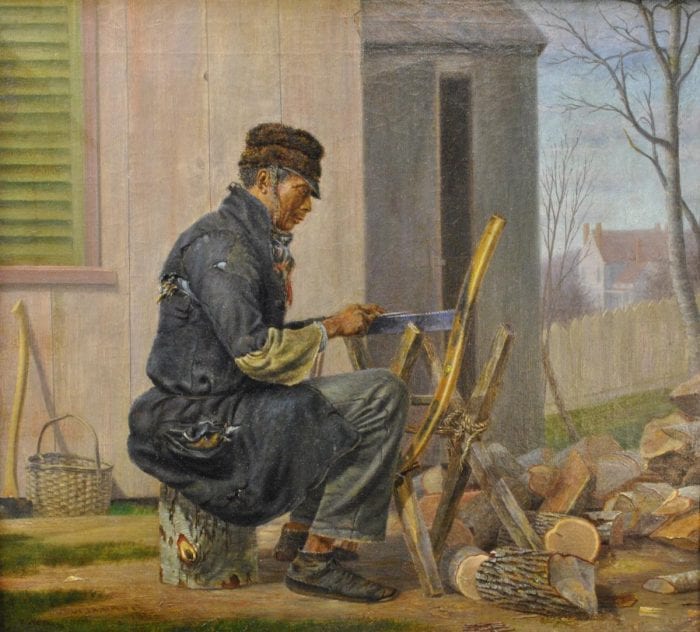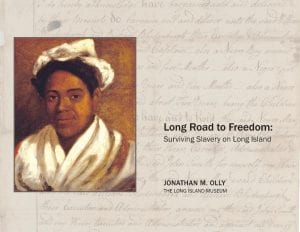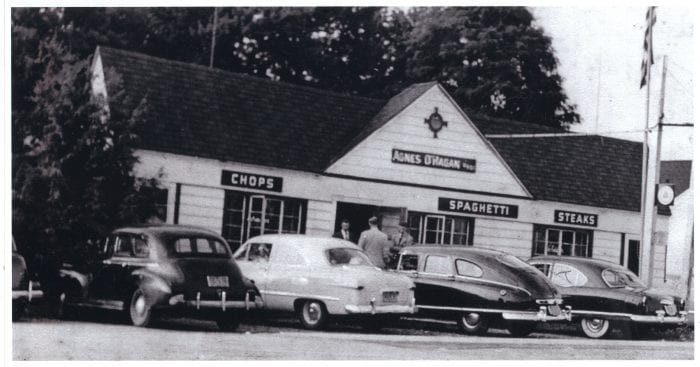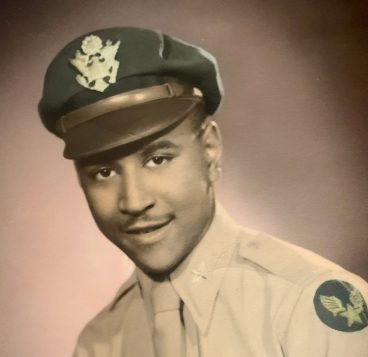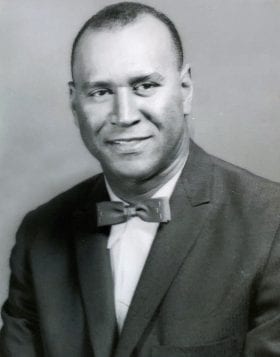Preservation Long Island in Cold Spring Harbor has announced the gift of a group of important early American portraits from descendants of the Nelson and Lloyd families of Boston and Long Island.
For over three hundred years, portraits of Elizabeth Tailer Nelson (1667–1734), John Nelson (1654–1734), Henry Lloyd I (1685–1763), and James Lloyd III (1769–1831) remained in the possession of the same family that commissioned them centuries ago. The artworks, an extraordinary gift from the collection of Orme Wilson III and Elsie Wilson Thompson, in memory of Alice Borland Wilson, have joined Preservation Long Island’s collection and are now available for the public to view in a new digital exhibition titled Facing Slavery: The Lloyd Family Portraits in Context.
“We are honored to be the new stewards of these important pieces of American history and to make them available to the public for the first time,” said Alexandra Wolfe, Preservation Long Island Executive Director.
In gifting the paintings, the donors wrote, “After being in family care all these years, we believe that these portraits are going to the right place with you and your colleagues at Preservation Long Island, where we hope that they will be useful in your development of a deeper historical understanding and contextualization of the issues and events that swirled around the Long Island area in colonial times and later”.
This gift coincided with the launch of the first phase of the Jupiter Hammon Project, a long-term initiative that will transform how Preservation Long Island engages future visitors to Joseph Lloyd Manor (1767) with the entangled stories of the Lloyd family and the individuals they enslaved for more than a century at the Manor of Queens Village on Long Island (Lloyd Neck today), among them, Jupiter Hammon (1711–before 1806) one of our nation’s first published Black American writers.
This multi-generational collection of portraits is a visual reminder of the region’s colonial and early national history, but the individuals they represent reflect only a fraction of the people, both enslaved and free, who lived, formed families, and established communities on Long Island and New England during the seventeenth, eighteenth, and nineteenth centuries.
“We are grateful to the descendants for recognizing the important work of the Jupiter Hammon Project and for giving the portraits a new, permanent home with Preservation Long Island,” said Lauren Brincat, Curator, Preservation Long Island.
“There are no known portraits of Jupiter Hammon or any of the men, women, and children the Lloyds enslaved. By interrogating the hidden history behind these painted surfaces, however, we can uncover a complex story of one family forcibly bound to another across generations,” she said.
Facing Slavery: The Lloyd Family Portraits in Context is now on view at www.preservationlongisland.org. For more information, call 631-692-4664.
In photo, from left:
Elizabeth Tailer Nelson (1667–1734) by an unknown American artist, ca. 1685. Oil on canvas. Preservation Long Island, 2020.5.2.
John Nelson (1654–1734) attributed to James Frothingham (1786–1685) after John Smibert (1688–1751), before 1824. Oil on panel. Preservation Long Island, 2020.5.3.
Henry Lloyd I (1685–1763) by John Mare (1739–ca. 1803) after John Wollaston (active ca. 1742–1775), 1767. Oil on canvas. Preservation Long Island, 2020.5.1.
James Lloyd III (1769–1831) by an unknown American artist, 1800-50. Oil on canvas. Preservation Long Island. 2020.5.4.

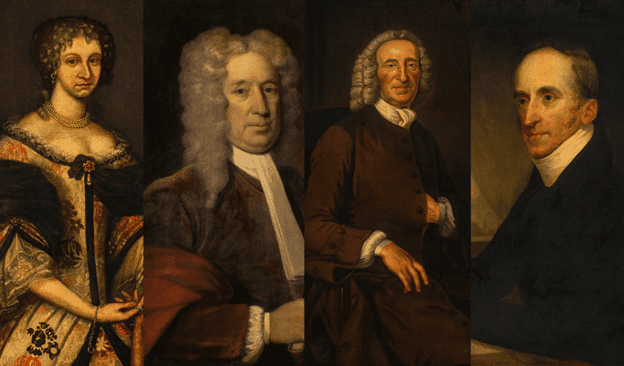
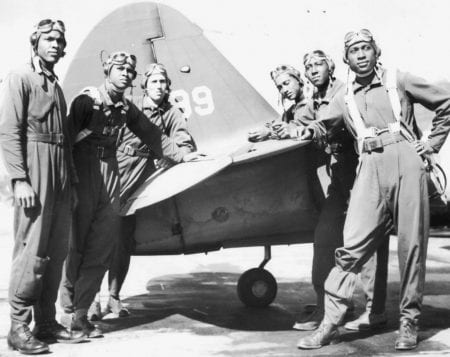

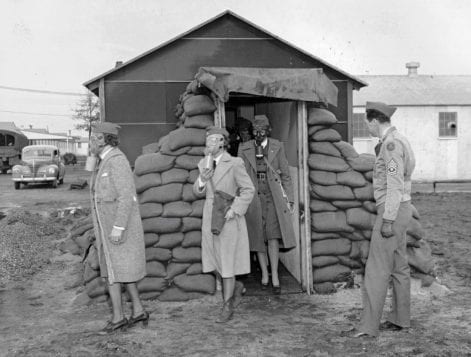


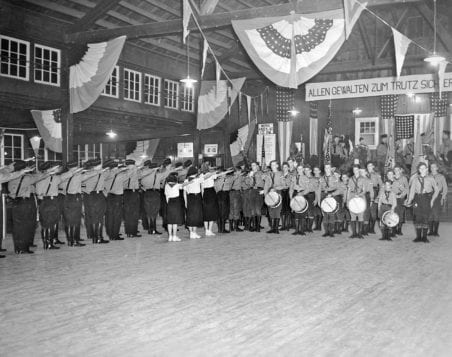


 Much of the book covers the shift that came with the bombing of Pearl Harbor on December 7, 1941. The attack spurred civilian involvement along with unification behind the war effort. He documents the early failures and gradual shift to competency in air raid drills across the Island. This example also emphasizes the growing cooperation between the military and non-military populations.
Much of the book covers the shift that came with the bombing of Pearl Harbor on December 7, 1941. The attack spurred civilian involvement along with unification behind the war effort. He documents the early failures and gradual shift to competency in air raid drills across the Island. This example also emphasizes the growing cooperation between the military and non-military populations.


